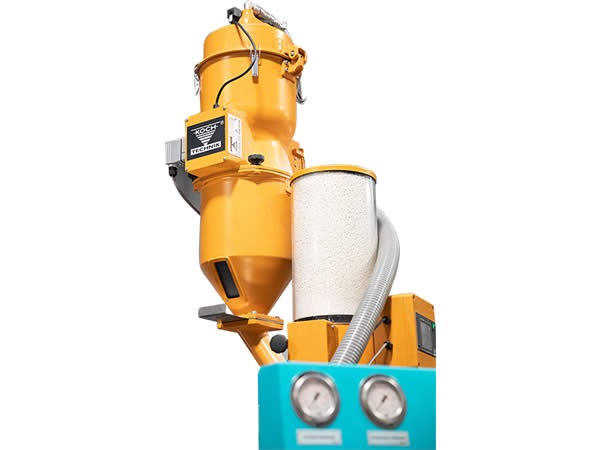Overmoulding, a key innovation in manufacturing, enhances the durability and functionality of products. This blog delves into these advanced techniques, answering the crucial question: How does overmoulding improve product durability?
Understanding Overmoulding
Overmoulding involves adding an additional layer of material over an existing part, often combining different types of plastics or rubber with metal. This process not only strengthens the product but also adds aesthetic and ergonomic benefits.
Innovative Techniques in Overmoulding
Recent advancements in overmoulding include using specialised materials that withstand extreme temperatures and environments. Automation and precision engineering have also allowed for more complex designs and enhanced durability.
The Role of Advanced Materials
Materials like high-performance thermoplastics and silicones play a crucial role. These materials offer superior strength, flexibility, and resistance to wear and tear, significantly extending the life of products.
High Volume Production and Durability
With the integration of modern technologies, overmoulding can now be efficiently scaled for high-volume production. This scalability ensures consistent product quality and durability, even in large quantities.
Real-World Applications and Case Studies
Industries from automotive to consumer electronics have adopted overmoulding to improve their products. For example, in the automotive industry, overmoulding is used for creating durable, heat-resistant components.
Answering Concerns
Durability and Lifespan
Overmoulding enhances the durability and lifespan of products by adding an extra protective layer, which improves resistance to environmental factors, wear, and tear.
Cost-Effectiveness of Advanced Manufacturing
Advanced manufacturing techniques like overmoulding can be cost-effective in the long run due to the increased durability and reduced need for replacements or repairs.
Material Selection and Design Suitability
Selecting the right materials for overmoulding, such as high-performance thermoplastics, ensures the suitability of the design and enhances the product’s overall performance.
FAQs
How does overmoulding compare to traditional moulding in terms of durability?
Overmoulding offers enhanced durability compared to traditional moulding by adding an extra layer of material, which provides increased protection and strength to the product.
What materials are best suited for overmoulding to enhance product life?
High-performance thermoplastics, silicones, and rubber-like materials are ideal for overmoulding. These materials ensure improved strength, flexibility, and resistance to environmental stress, thus extending product life.
Can overmoulding be cost-effective for small-scale productions?
Yes, overmoulding can be cost-effective for small-scale productions. The durability it adds reduces the need for frequent replacements, making it a wise long-term investment even for smaller production runs.
Conclusion
Overmoulding is a transformative solution for enhancing product durability. Stephens Plastic Mouldings, with our advanced material expertise and capacity for high-volume production, is ideally positioned to offer these innovative solutions.
By partnering with us, businesses can significantly improve the durability and performance of their products, ensuring they stand the test of time.
To read the original article please see here





